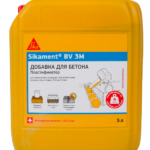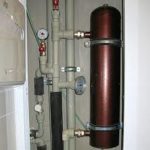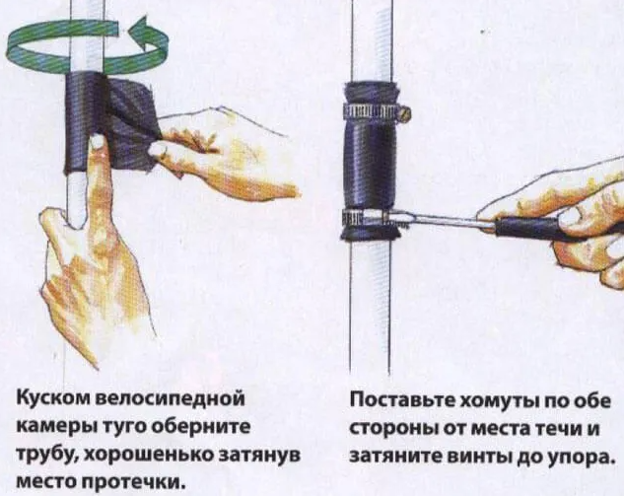Adjusting a warm water floor: how to adjust the temperature
Adjusting a warm water floor is an important condition for creating a comfortable temperature and ensuring the durability of not only communications, but also the floor covering. There are several ways to do this - simple and more complex. A description of adjustment methods can be found in the presented material.
The content of the article
Optimal temperature
Adjustment of the heated floor is carried out primarily to ensure maximum comfort for the residents. It is important that each room can be set to an individual temperature, because each person has their own characteristics, and much depends on the weather.
On the other hand, adjusting the heated floor with flow meters or other devices is also required in order to preserve materials. We are not talking about pipes, which often withstand up to 60-70 degrees of heat or more, but about flooring (parquet, laminate, tiles). These materials retain their original properties in conditions of no more than 30-35 degrees.
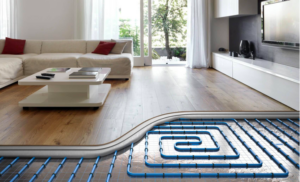
Based on this, you can understand how to regulate the temperature of a warm water floor. A narrow range of 22-32 degrees is considered optimal. The specific meanings depend on different cases:
- For most people, a level of 28-29 degrees is considered quite acceptable. This may seem like a lot, but you need to consider that the heat from the pipes is dissipated due to the thickness of the cement screed and the finishing.
- If you plan to stay in the room for a long time, for example, a person works at home or is undergoing rehabilitation, then it is better to choose the range 22-26. This is the best option from a physiological point of view.
- It is rare, but it also happens that a water floor is the only source of heat. Then it is better to raise the temperature to 30-32 degrees, but not higher. Moreover, at night it is better to reduce it, since a person falls asleep better and sleeps in moderately cool conditions, and the stuffiness can cause a headache.
Methods of regulation
There are several ways to regulate a water-heated floor. First of all, you need to take care of installing a special thermostat that maintains the temperature in a narrow range (it is set manually). It is equipped with sensors that determine the value and start heating or, conversely, turn it off. However, using such a device is not enough - it is necessary to use other methods.
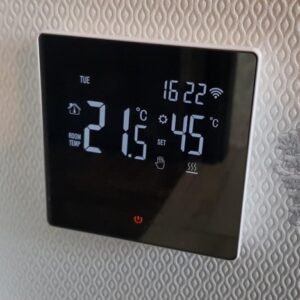
Mixing unit
Adjustment of the underfloor heating manifold is achieved by adjusting the temperature in the mixing unit. You can purchase it or make it yourself and install it near the boiler or directly on the collector itself.
It’s not worth saving on a mixer, because different elements of the heating circuit require different heating: radiators should be hot, and heated floors should be 2.5-3 times colder. Controlling values through the mixer is very simple:
- A 3-way valve is found on the device (it resembles a valve with numbers).
- To reduce heat, turn it downward, to increase it, turn it up.
- Wait up to an hour, and the temperature will begin to level out to the set value.To ensure that the heating floor settings are accurate, it is also advisable to find a passport to clarify whether the numbers correspond to a certain level.
Flow meters
Another option for setting up a heated floor involves using flow meters that are already built into the manifold (comb in plumbers' language). You need to find the circuit, as shown in the photo, and turn the tap in one direction or another. Thanks to this, the water will flow faster or slower. It is clear that the lower the value, the lower the water consumption, and the lower the temperature.
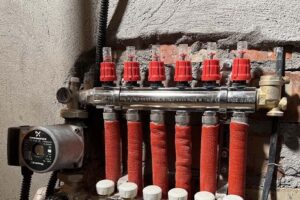
Zone adjustment
This is the most accurate method of adjustment, and it is also the most expensive. To create the system you will need the following equipment:
- set of thermostats for living quarters;
- a set of servos (diameters must correspond to the contours of the floor);
- a switch for contact between the servomotor and each thermostat;
- floor collector (it has several sockets into which servos coming from each circuit are inserted).
All these installations can be purchased at a hardware store, and installation can also be done with your own hands. The thermostat goes directly to the servo drive. But when not one, but a number of floor contours are installed in the room, a switch is pre-installed. This allows for customization.
Thus, regulating the circuit temperature is quite important. It is better to think through the details before installation. For example, the height of the heated floor regulator, the interval between turns and other parameters matter. It would be good if you could install a zonal control system. But if this is too expensive, using flow meters or a mixing unit is also suitable for a small house.

